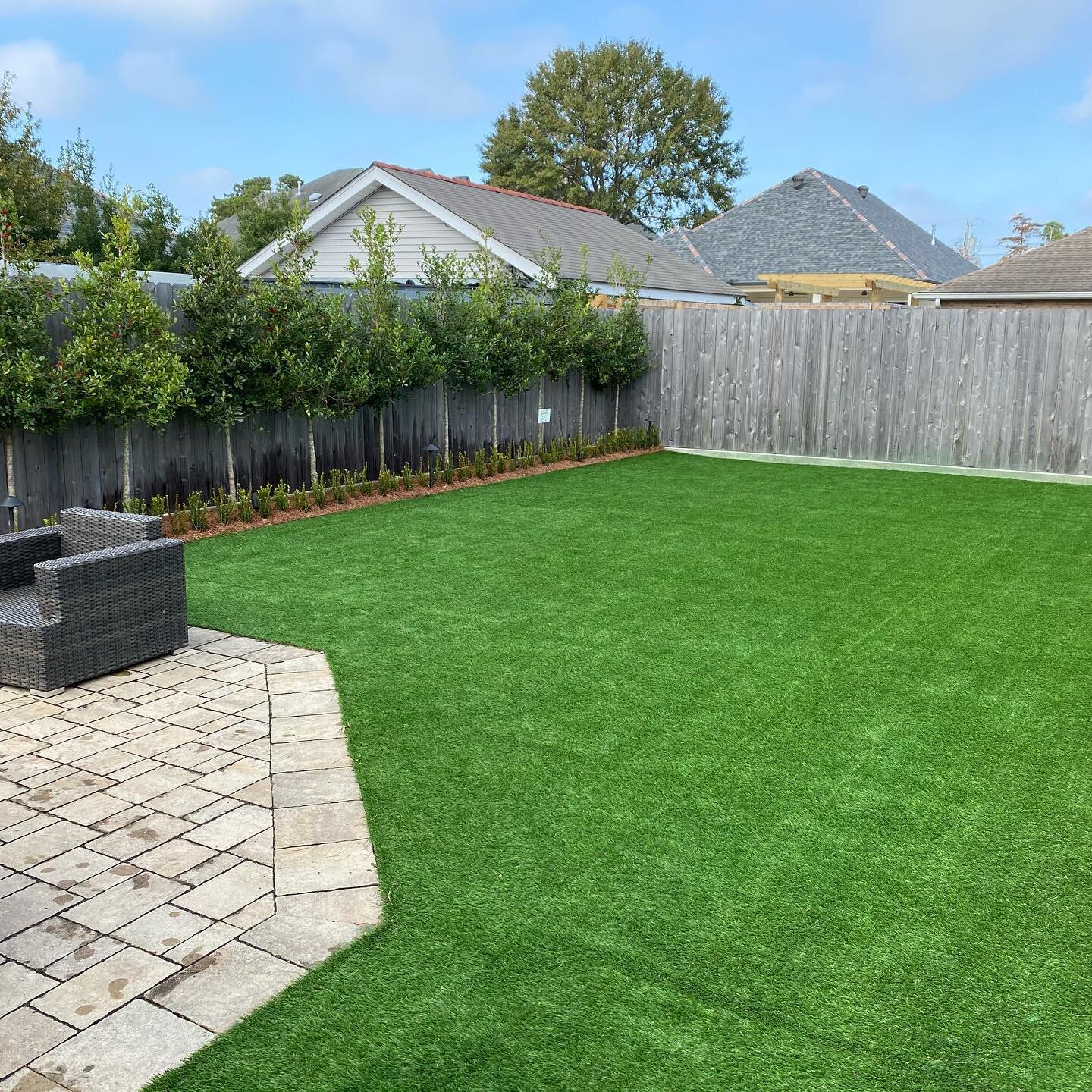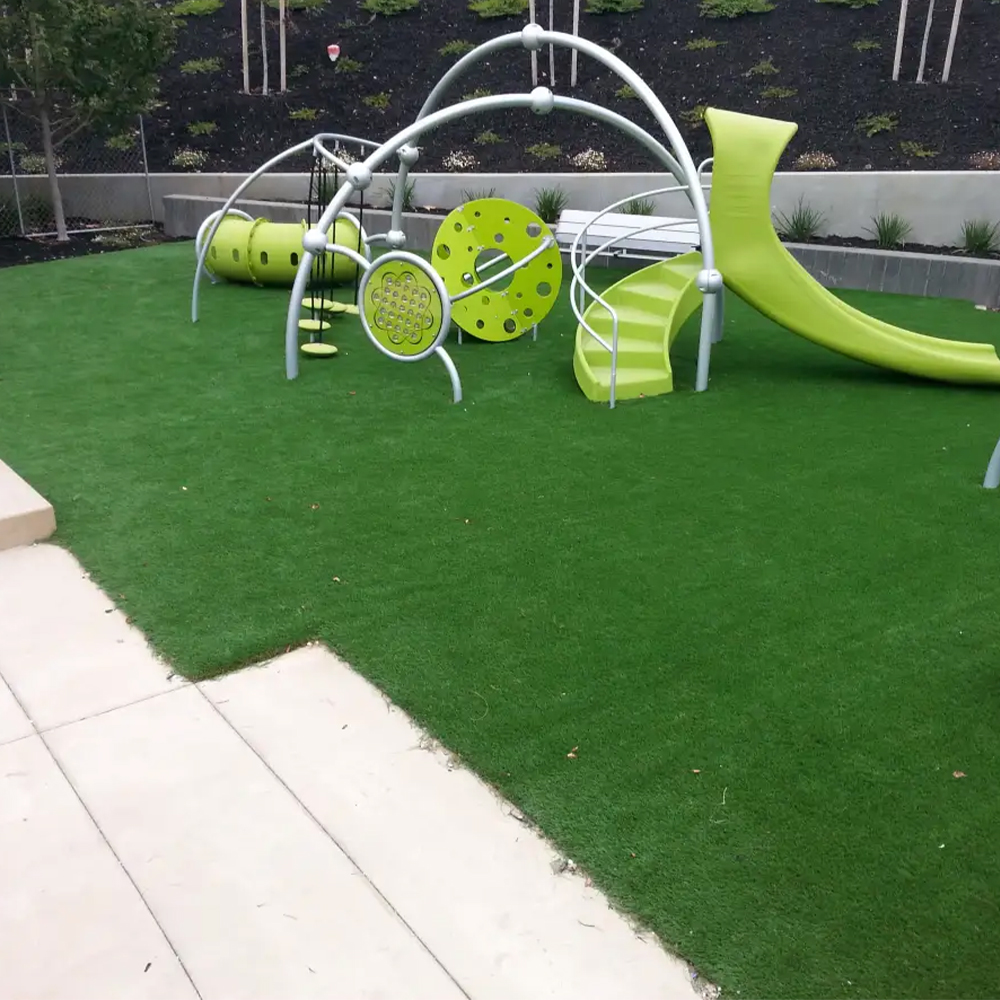Sustainable Arizona Artificial Turf for a Always-Green Lush Green Lawn
Sustainable Arizona Artificial Turf for a Always-Green Lush Green Lawn
Blog Article
Delve Into the Environmental Advantages of Opting for Artificial Turf Solutions
The adoption of man-made turf remedies presents a compelling opportunity to resolve pushing ecological challenges. By substantially reducing water usage and lessening the application of harmful chemicals, these alternatives not only promote lasting landscaping yet additionally safeguard regional ecosystems.
Water Conservation Perks
One of the most substantial benefits of man-made turf is its ability to save water. In comparison, synthetic grass does not need watering, dramatically lowering the general need for water sources.
By getting rid of the requirement for routine watering, artificial grass adds to lasting landscape methods and helps alleviate the ecological impact of extreme water consumption. In addition, the preservation of water includes the reduction of runoff, which can result in dirt disintegration and waterway contamination.
In addition, the installment of synthetic grass enables districts and homeowners to assign water resources much more effectively, concentrating on crucial usages such as drinking water and agriculture. The change towards synthetic grass not just promotes accountable water usage but additionally aligns with more comprehensive ecological objectives targeted at preserving natural deposits.
As communities progressively prioritize sustainability, the water preservation advantages of synthetic grass present a compelling case for its fostering in industrial and domestic landscaping jobs.
Minimized Chemical Usage
The transition to synthetic grass considerably lowers the reliance on chemical treatments generally made use of in natural yard upkeep. Traditional grass monitoring commonly includes the application of herbicides, pesticides, and plant foods to advertise development and control pests. These chemicals can position dangers to human health, neighborhood wild animals, and the setting, adding to soil and water contamination.
In contrast, fabricated turf gets rid of the requirement for these harmful materials. By reducing the release of synthetic substances right into the environment, man-made lawn promotes healthier dirt and water systems.
Furthermore, the absence of chemical overflow associated with artificial turf setups assists protect local rivers from pollution, supporting aquatic life and maintaining biodiversity. Artificial turf companies phoenix. As areas progressively prioritize lasting methods, selecting synthetic grass offers a sensible solution that lines up with environmental preservation objectives. Via this shift, homeowner can take pleasure in lush green spaces without jeopardizing ecological wellness, leading the way for an extra lasting future
Reduced Carbon Footprint

Furthermore, the setup of synthetic lawn can cause substantial water conservation. Natural grass call for significant quantities of water for irrigation, which not only contributes to the carbon footprint connected with water removal and treatment however also pressures neighborhood water resources. On the other hand, synthetic grass requires minimal upkeep, calling for no watering, thereby significantly decreasing water usage and its linked power expenses.
In addition, the long life of artificial grass contributes to its lower carbon influence. With a life-span check this site out of up to 15 years or even more, the need for constant replacements is decreased, causing less waste and reduced energy usage in production and getting rid of typical turf choices. Generally, go to this site synthetic grass offers a sustainable alternative for eco aware landscape design.
Environment Preservation
Environment preservation is an essential factor to consider in the discussion over landscape design selections, especially when comparing synthetic grass to all-natural grass. Natural lawn lawns often call for comprehensive upkeep, including the usage of pesticides, herbicides, and plant foods, which can detrimentally impact regional communities. These chemicals can seep into the dirt and you could try here waterways, harming indigenous plants and animals and disrupting neighborhood habitats.
Man-made grass gets rid of the requirement for damaging chemicals, thereby protecting nearby wildlife and preserving the integrity of bordering communities. The setup of artificial grass can lead to the conversion of previous lawn areas right into even more biodiverse landscapes, such as pollinator yards or native plant areas, which can support regional wildlife.
Inevitably, the shift to artificial turf not only saves water and minimizes upkeep initiatives however also cultivates an extra harmonious relationship between human activities and the all-natural atmosphere, promoting habitat conservation in the process.
Long-Term Sustainability
Lasting sustainability is an essential variable in evaluating the advantages of synthetic turf over standard lawn yards. Among one of the most considerable advantages of man-made lawn is its longevity; it can last up to 15-20 years with marginal upkeep, whereas natural yard needs constant reseeding and substitute. This longevity decreases the need for constant resources, such as water, fertilizers, and pesticides, which are crucial for preserving a healthy and balanced yard lawn.
Additionally, synthetic lawn adds to a reduction in carbon emissions connected with grass treatment tools. Standard grass often need gas-powered lawn mowers, trimmers, and blowers, all of which contribute to air contamination. Arizona turf. In comparison, synthetic grass eliminates the demand for such equipment, advertising a cleaner atmosphere
Moreover, the production of synthetic grass increasingly utilizes recycled products, improving its sustainability account. As manufacturers adopt environment-friendly methods, the ecological impact of fabricated turf continues to diminish.

Final Thought
The fostering of synthetic grass remedies provides considerable ecological advantages, including considerable water preservation, lowered dependence on hazardous chemicals, and a lower carbon impact. Furthermore, synthetic grass aids in protecting natural habitats by reducing land disturbance and advertising long-term sustainability through using sturdy materials. Collectively, these aspects underscore the capacity of man-made grass to add positively to environmental wellness and use a viable alternative to typical landscape design methods in a significantly resource-conscious world.
In contrast, man-made turf does not require watering, considerably lowering the general need for water resources. By reducing the launch of synthetic substances into the community, artificial grass promotes healthier soil and water systems.
In addition, the installation of man-made grass can result in considerable water preservation. In contrast, artificial turf needs minimal upkeep, requiring no watering, thus considerably lowering water usage and its linked energy expenses.

Report this page